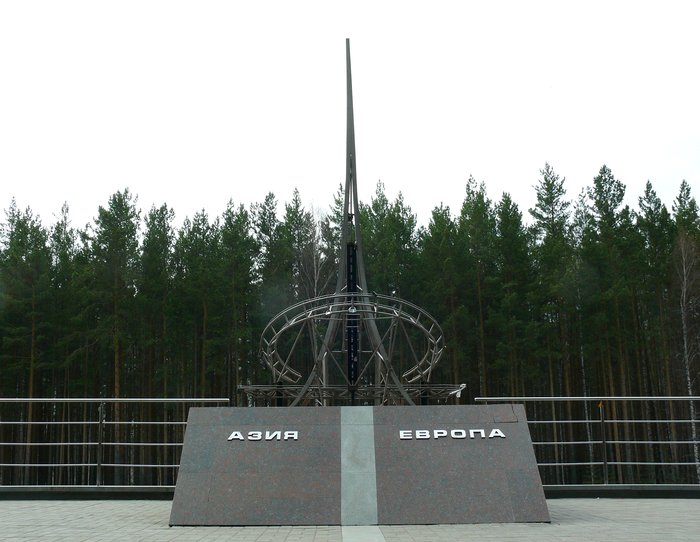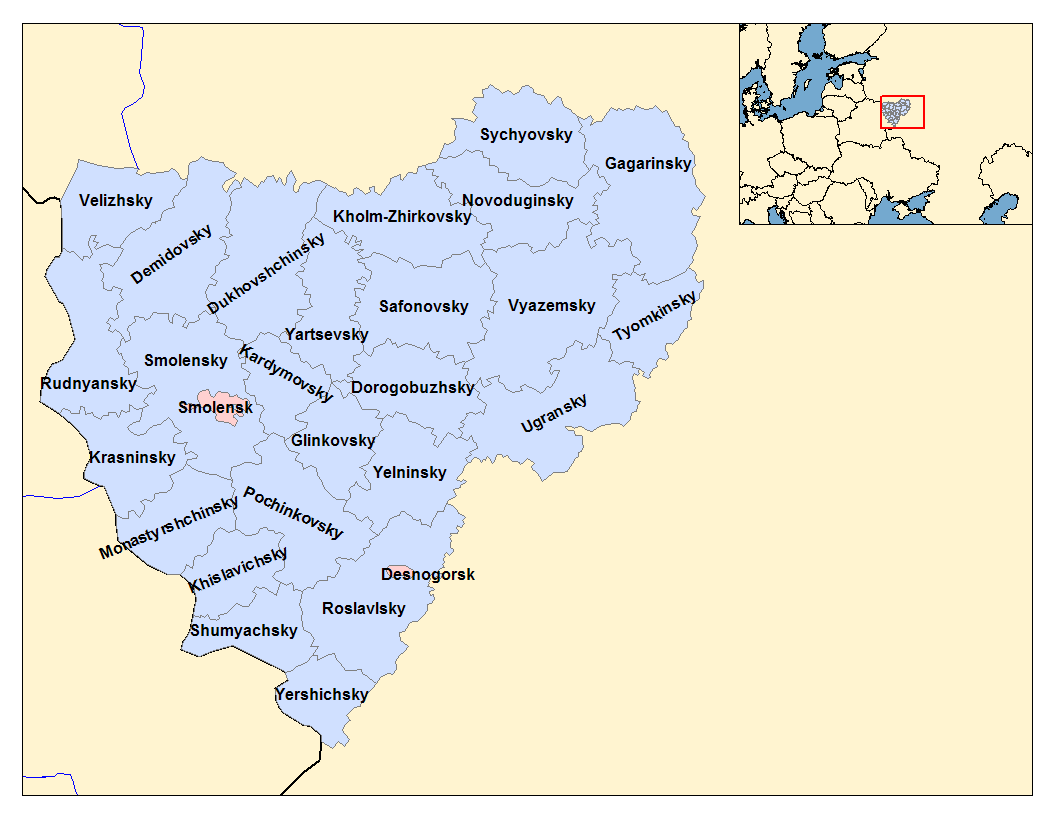|
List Of Synagogues In Russia
This is a list of notable synagogues in Russia. Moscow *Bolshaya Bronnaya Synagogue * Holocaust Memorial Synagogue (Moscow) *Maryina Roshcha Synagogue (Moscow) * Moscow Choral Synagogue Saint Petersburg *Grand Choral Synagogue Jewish Autonomous Oblast *Beit T'shuva, Birobidzhan, Jewish Autonomous Oblast * Birobidzhan Synagogue, Birobidzhan, Jewish Autonomous Oblast Kaliningrad Oblast * Königsberg Synagogue, Kaliningrad Oblast Kemerovo Oblast * Mariinsk Synagogue, Mariinsk Nizhny Novgorod Oblast Nizhny Novgorod Synagogue, Nizhny Novgorod Republic of Dagestan *Derbent Synagogue, Derbent Rostov Oblast * Main Choral Synagogue, Rostov-on-Don, Rostov Oblast *Soldier Synagogue, Rostov-on-Don, Rostov Oblast *The Artisans' Synagogue, Rostov-on-Don, Rostov Oblast Samara Oblast * Samara Choral Synagogue, Samara Oblast Smolensk Oblast *Choral Synagogue (Smolensk), Smolensk Oblast Sverdlovsk Oblast * Yekaterinburg Synagogue, Sverdlovsk Oblast Tomsk ... [...More Info...] [...Related Items...] OR: [Wikipedia] [Google] [Baidu] |
Synagogue
A synagogue, ', 'house of assembly', or ', "house of prayer"; Yiddish: ''shul'', Ladino: or ' (from synagogue); or ', "community". sometimes referred to as shul, and interchangeably used with the word temple, is a Jewish house of worship. Synagogues have a place for prayer (the main sanctuary and sometimes smaller chapels), where Jews attend religious Services or special ceremonies (including Weddings, Bar Mitzvahs or Bat Mitzvahs, Confirmations, choir performances, or even children's plays), have rooms for study, social hall(s), administrative and charitable offices, classrooms for religious school and Hebrew school, sometimes Jewish preschools, and often have many places to sit and congregate; display commemorative, historic, or modern artwork throughout; and sometimes have items of some Jewish historical significance or history about the Synagogue itself, on display. Synagogues are consecrated spaces used for the purpose of Jewish prayer, study, assembly, and r ... [...More Info...] [...Related Items...] OR: [Wikipedia] [Google] [Baidu] |
Nizhny Novgorod Synagogue
The Nizhny Novgorod Synagogue serves the Jewish community of the Russian city of Nizhny Novgorod, which currently numbers over 10,000 people. It is located at 5a Gruzinskaya Street.Official website Retrieved 16 April 2018. The Jewish population of the city grew rapidly during the 19th and early 20th centuries, rising from 300 people in 1850 to some 3000 people in 1913. The city accepted many Jewish refugees after the First World War and Russian Civil War, swelling its number by some 15,000 people. The synagogue was built in the period from 1881 to 1883. The synagogue was led by a rabbi and a chief rabbi. There they formed a [...More Info...] [...Related Items...] OR: [Wikipedia] [Google] [Baidu] |
Sverdlovsk Oblast
Sverdlovsk Oblast ( rus, Свердловская область, Sverdlovskaya oblast) is a federal subject (an oblast) of Russia located in the Ural Federal District. Its administrative center is the city of Yekaterinburg, formerly known as Sverdlovsk. Its population is 4,297,747 (according to the 2010 Census). Geography Most of the oblast is spread over the eastern slopes of the Middle and North Urals and the Western Siberian Plain. Only in the southwest does the oblast stretch onto the western slopes of the Ural Mountains. The highest mountains all rise in the North Urals, Konzhakovsky Kamen at and Denezhkin Kamen at . The Middle Urals is mostly hilly country with no discernible peaks; the mean elevation is closer to above sea level. Principal rivers include the Tavda, the Tura, the Chusovaya, and the Ufa, the latter two being tributaries of the Kama. Sverdlovsk Oblast borders with, clockwise from the west, Perm Krai, the Komi Republic, Khanty–Mansi Autonomous Okru ... [...More Info...] [...Related Items...] OR: [Wikipedia] [Google] [Baidu] |
Smolensk Oblast
Smolensk Oblast (russian: Смоле́нская о́бласть, ''Smolenskaya oblast''; informal name — ''Smolenschina'' (russian: Смоле́нщина)) is a federal subject of Russia (an oblast). Its administrative centre is the city of Smolensk. As of the 2010 Census, its population was 985,537. Geography The oblast was founded on 27 September 1937.Исполнительный комитет Смоленского областного совета народных депутатов. Государственный архив Смоленской области. "Административно-территориальное устройство Смоленской области. Справочник", изд. "Московский рабочий", Москва 1981. Стр. 8 It borders Pskov Oblast in the north, Tver Oblast in the northeast, Moscow Oblast in the east, Kaluga Oblast in south, Bryansk Oblast in the southwest, and Mogilev and Vitebsk Oblast ... [...More Info...] [...Related Items...] OR: [Wikipedia] [Google] [Baidu] |
Choral Synagogue (Smolensk)
The Choral Synagogue (Синагога (Смоленск)) was a former synagogue in Smolensk in Russia. Today the building is used as a vocational school. There are now in Smolensk two synagogues and five Chadarim. History There were the first Jews in Smolensk in the 15th century, when Prince Vytautas of Lithuania got Smolensk in 1404 and granted it the Magdeburg rights and other privileges. 1728 the Jewish businessmen have acquired the right to come in Smolensk on trading affairs. 4,600 Jews - 10% of the total population, were mentioned in Smolensk in the 19th century. Though Smolensk was not included into the Pale of Settlement, in the 18th and 19th centuries the number of Jews in the city gradually increased and in 1896 had reached 4651 persons (about ten percent of the city's population). Jews traded in wood, flax and grain and were engaged in financial activities. In the beginning of the 20th century in Smolensk there were two synagogues and five chadarim and a Jewish init ... [...More Info...] [...Related Items...] OR: [Wikipedia] [Google] [Baidu] |
Samara Oblast
Samara Oblast ( rus, Сама́рская о́бласть, r=Samarskaya oblast, p=sɐˈmarskəjə ˈobləsʲtʲ) is a federal subjects of Russia, federal subject of Russia (an oblast). Its administrative center is the types of inhabited localities in Russia, city of Samara. From 1935 to 1991, it was known as Kuybyshev Oblast ( rus, Ку́йбышевская о́бласть, r=Kuybyshevskaya Oblast, p=ˈkujbɨʂɨfskəjə ˈobləsʲtʲ). As of the Russian Census (2010), 2010 Census, the population of the oblast was 3,215,532. The oblast borders Tatarstan in the north, Orenburg Oblast in the east, Kazakhstan (West Kazakhstan Province) in the south, Saratov Oblast in the southwest and Ulyanovsk Oblast in the west. History The Samara region contains a remarkable succession of archaeological cultures from 7000 BC to 4000 BC. These sites have revealed Europe's earliest pottery (Elshanka culture), the world's oldest horse burial and signs of horse worship (the Syezzheye cemeter ... [...More Info...] [...Related Items...] OR: [Wikipedia] [Google] [Baidu] |
Soldier Synagogue, Rostov-on-Don
Soldier Synagogue (russian: Солдатская синагога) is the only active synagogue in Rostov-on-Don. It was built in 1872. The synagogue burnt down during the pogrom of 1905, but in 1913-1914 the building was restored. In 1935, the synagogue was closed for worship. After World War II the building was again transferred to the local Jewish community. Soldier Synagogue has the status of an object of cultural heritage of regional significance. History In 1862, retired Jewish soldiers established Jewish Prayer Society in Rostov-on-Don. On May 31, 1862, the Yekaterinoslav province government gave to society a permission to rent a separate room for worship rituals. The project of Choral Synagogue was approved by Rosotov authorities on June 4, 1872, and in the same year the building was constructed. According to some reports, the money for the construction of synagogues were donated by Rostov merchant Joseph Markovich Elitser. It is presumed that the architect of the sy ... [...More Info...] [...Related Items...] OR: [Wikipedia] [Google] [Baidu] |
Rostov Oblast
Rostov Oblast ( rus, Росто́вская о́бласть, r=Rostovskaya oblast, p=rɐˈstofskəjə ˈobləsʲtʲ) is a federal subject of Russia (an oblast), located in the Southern Federal District. The oblast has an area of and a population of 4,277,976 ( 2010 Census), making it the sixth most populous federal subject in Russia. Its administrative center is the city of Rostov-on-Don, which also became the administrative center of the Southern Federal District in 2002. Geography Rostov Oblast borders Ukraine (Donetsk and Luhansk Oblasts) and also Volgograd and Voronezh Oblasts in the north, Krasnodar and Stavropol Krais in the south, and the Republic of Kalmykia in the east. The Rostov oblast is located in the Pontic-Caspian steppe. It is directly north over the North Caucasus and west of the Yergeni hills.Google Earth It is within the Russian Southern Federal District. Rivers and lakes The Don River, one of Europe's longest rivers, flows through the oblast for part of ... [...More Info...] [...Related Items...] OR: [Wikipedia] [Google] [Baidu] |
Main Choral Synagogue, Rostov-on-Don
The Main Choral Synagogue is a former synagogue in Rostov-on-Don. The building is located at Bauman Street, 70. It was opened in 1868. After the October Revolution the building was nationalized and then rebuilt. Currently it houses the Skin and Venereal Diseases Dispensary. The synagogue's building has the status of an object of cultural heritage of regional significance. History The first wooden synagogue in Rostov-on-Don was built in 1855. It was located between the present-day Bauman and Ulyanovsk streets near Voroshilov Avenue. In 1863, a brick house of worship was built, but the building was fragile, and in 1866 the house was demolished. In 1868, a new two-story synagogue was built in its place. The authorship of the synagogue project is attributed to architect Sovitsky, collegiate assessor and senior city architect. A.G. Kaplun, S.I. Frey-schist, A.A Danziger also participated in construction works. Funds collection was organized by Rabbi F.I. Gnesin, who was the fathe ... [...More Info...] [...Related Items...] OR: [Wikipedia] [Google] [Baidu] |
Derbent
Derbent (russian: Дербе́нт; lez, Кьвевар, Цал; az, Дәрбәнд, italic=no, Dərbənd; av, Дербенд; fa, دربند), formerly romanized as Derbend, is a city in Dagestan, Russia, located on the Caspian Sea. It is the southernmost city in Russia, and it is the second-most important city of Dagestan. Derbent occupies the narrow gateway between the Caspian Sea and the Caucasus Mountains connecting the Eurasian Steppe to the north and the Iranian Plateau to the south; covering an area of , with a population of roughly 120,000 residents. Derbent claims to be the oldest city in Russia, with historical documentation dating to the 8th century BC, making it one of the oldest continuously inhabited cities in the world. Due to its strategic location, over the course of history, the city changed ownership many times, particularly among the Persian, Arab, Mongol, Timurid, and Shirvan kingdoms. In the 19th century, the city passed from Persian into Russian ha ... [...More Info...] [...Related Items...] OR: [Wikipedia] [Google] [Baidu] |

.jpg)




